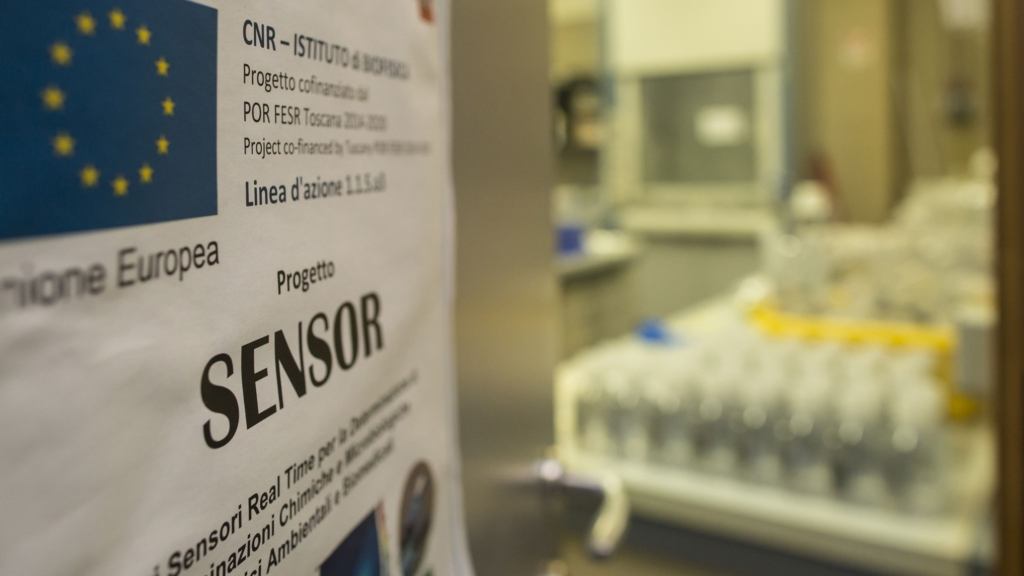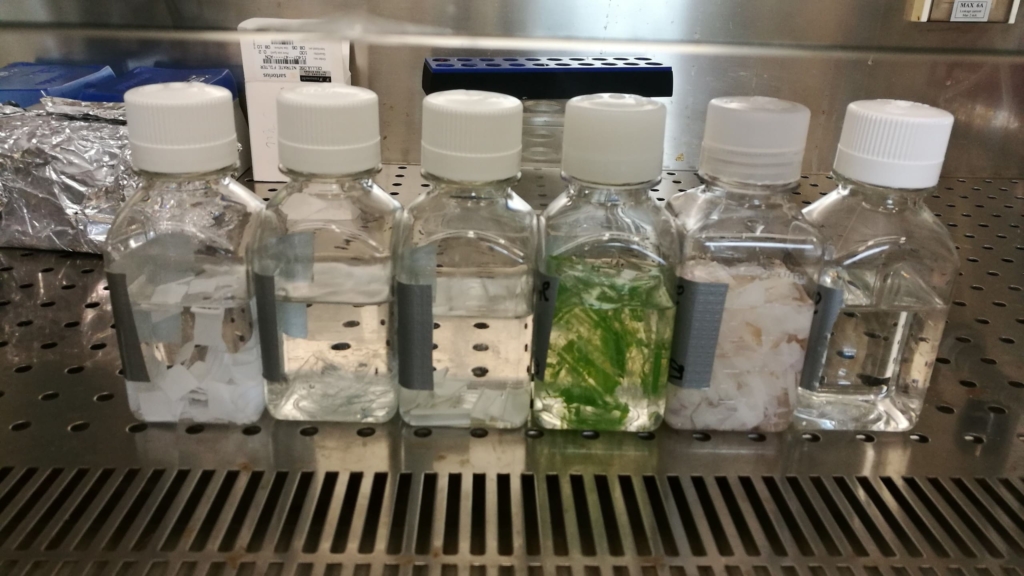Projects
Riverine DOM dynamics
Rivers are an important source of DOM and nutrients for the marine ecosystem, in particular for coastal areas. In rivers, DOM concentration and dynamics are determined by biological processes, the interaction between water and soil, and anthropogenic inputs (e.g. cities, industries, agriculture, intensive farming). Along the river, the DOM undergoes transformations due to chemical-physical processes, which determine the concentration and quality of the DOM that reaches the sea. Biological processe regulate the balance between the DOM entering the food web and the fraction released into the atmosphere as CO2.
Due to its long coastline, high population density along the coasts, and its small size, we expect that in the Mediterranean Sea, the contribution of rivers to the DOM pool is crucial.
Despite their importance, the dynamics of DOM in Mediterranean rivers is poorly studied. At today, few information are available on DOM temporal dynamics in minor rivers and on its role in the global carbon cycle.
The aim of La!DOM is to contribute to the understanding of the space-time dynamics of DOM in the minor mediterranean rivers and to investigate their contribution to the Carbon cycle.
The phases of the project
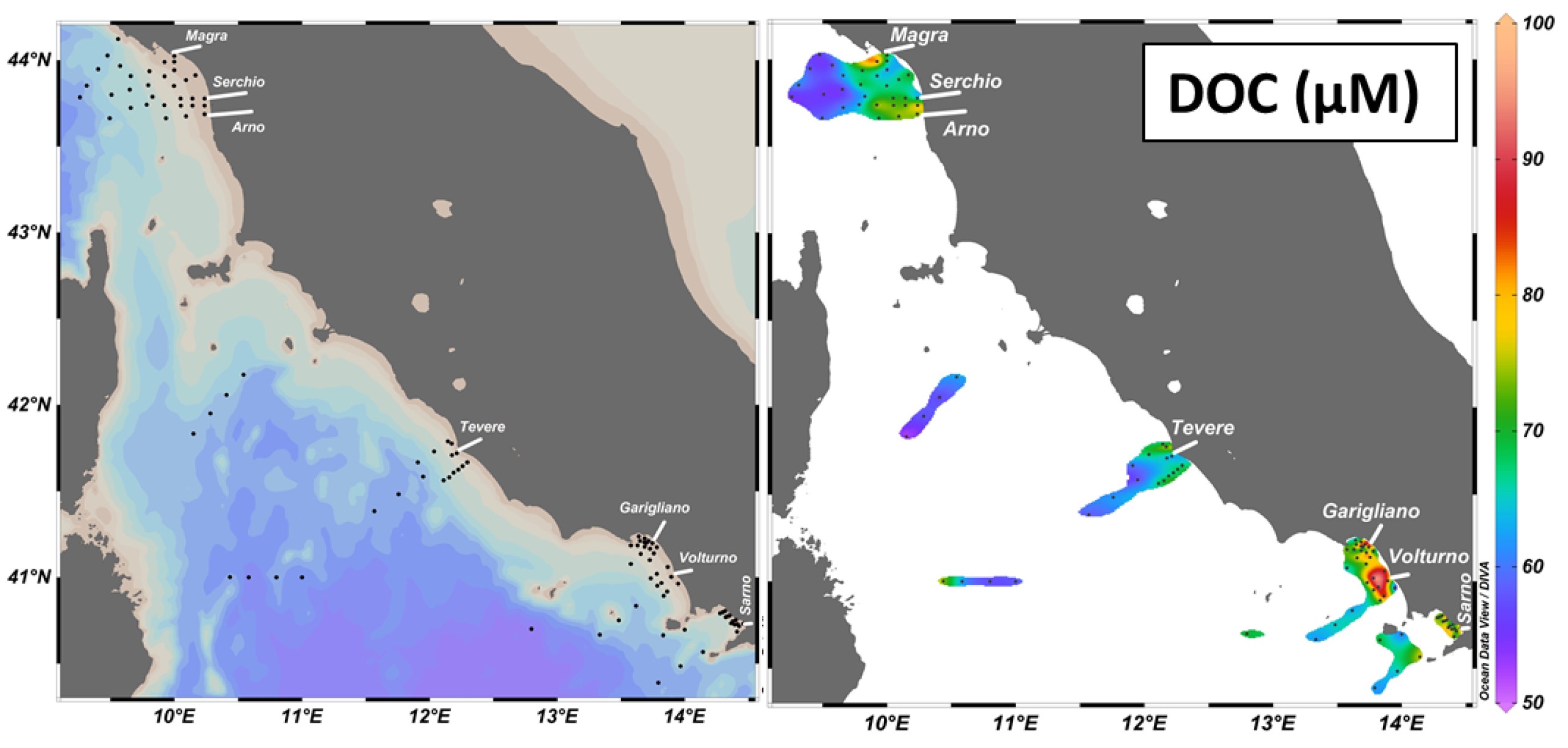
Sampling stations map of the TYR02 campaign and DOC concentration measured in the surface
The Tyrrhenian Sea's rivers
In 2010 and 2013, La!DOM participated in two oceanographic cruises in the Tyrrhenian Sea to collect samples along the coastal area and at the mouths of the rivers Sarno, Garigliano, Volturno, Tevere, Arno, Serchio, and Magra. Thanks to these data we realized the importance of minor rivers in DOM dynamics in coatal areas. DOC and CDOM data have shown how rivers with different anthropic impacts have different DOM concentration and quality.
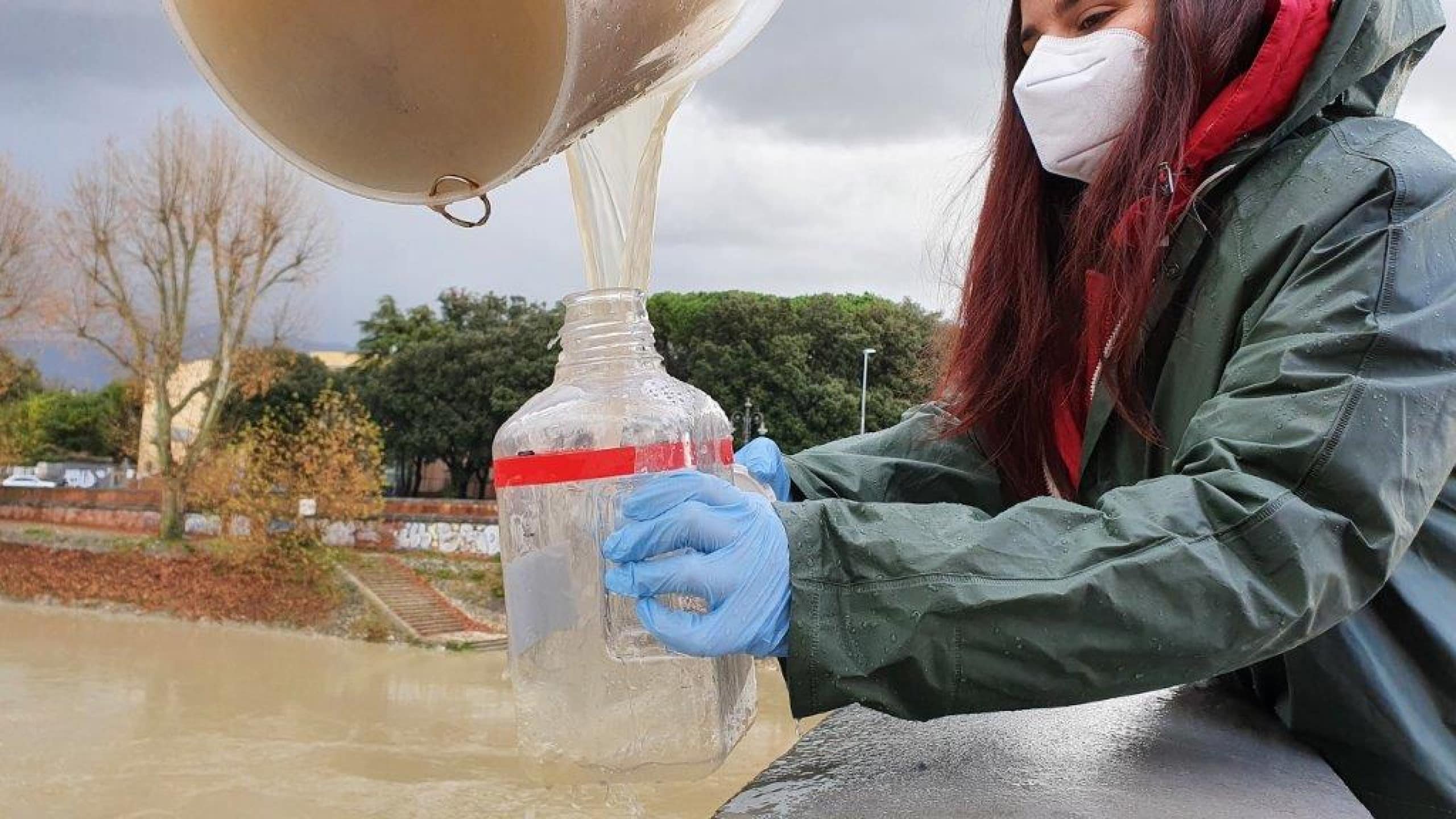
Sampling the Arno River from the "Ponte della Vittoria" bridge in Pisa
DOM dynamics in the Arno River
The Arno River was chosen as a model to study the dynamics of riverine DOM. Since 2014 La!DOM has started taking weekly samples in the river, in Pisa. These data allowed to discover the wide range of annual variability of DOC (from 160 to 490 micromoles per liter) and CDOM in this river. We demonstrated that discharge, temperature, and microbial activity are some of the factors that influence this variability. Our data showed that single flood events can contribute up to 20% of the annual DOC flow. The results were published in Science of the Total Environment journal.

Sampling the Arno River from the "Ponte della Vittoria" bridge in Pisa
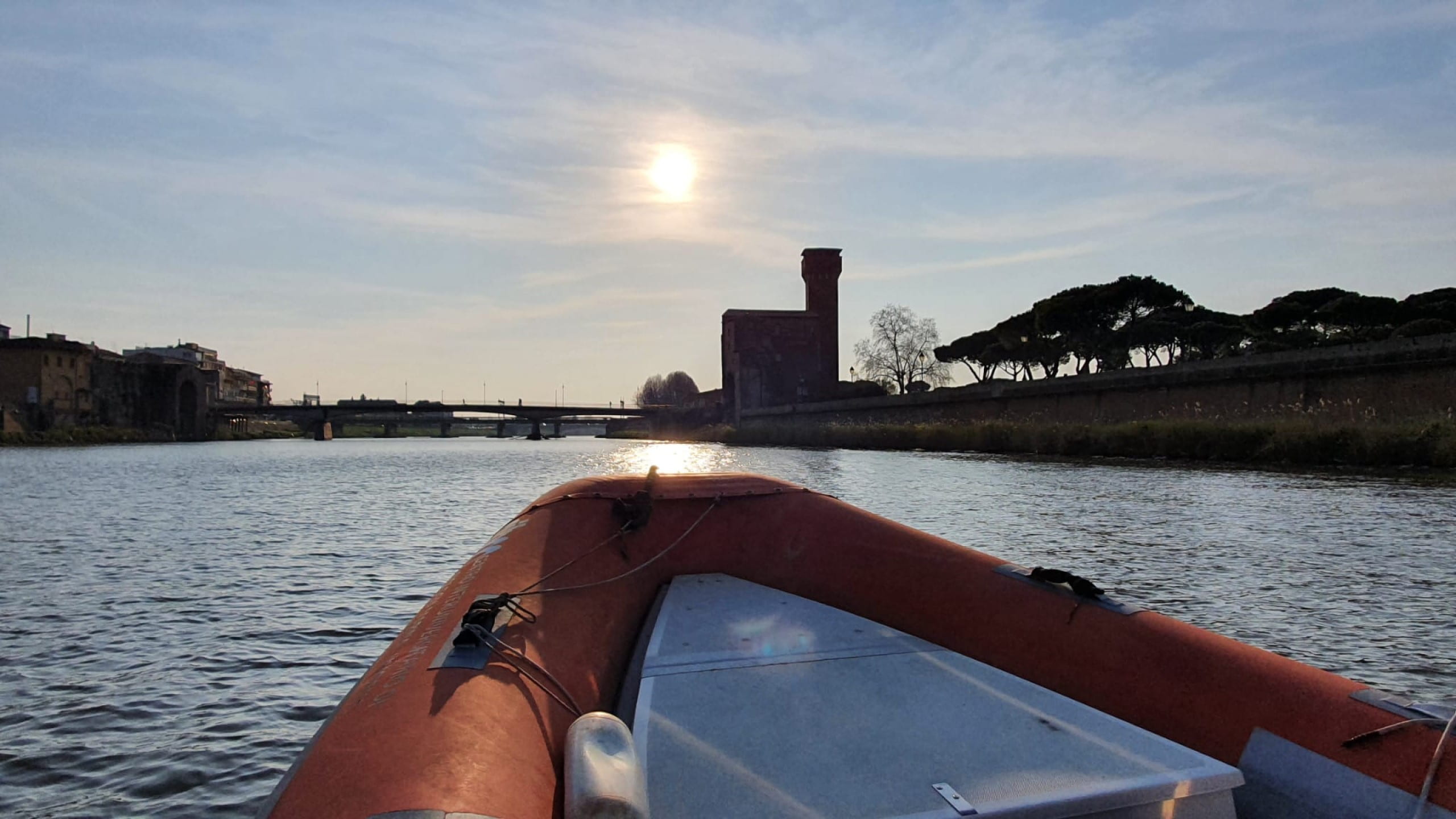
Sampling in the Arno River, from Pisa to the river's estuary
Riverine DOM after the lockdown
In April 2020, the sampling in the river has been resumed twice a week, in order to assess whether the lockdown due to Covid19 had an effect on the dynamics of riverine DOM. The comparison with the data collected in the past highlighted a 44% DOC reduction due to the stop of most human activities. A change in DOM quality was also observed, with potentially beneficial effects on the river ecosystem and marine coastal area. These results are published in the journal Science of the Total Environment.

Sampling along the Arno River in March 2021
Arno River, spring to mouth
To understand the origin of riverine DOM, samples were collected in different seasons from the spring to the mouth of the Arno River (before and after the main tributaries, major industrial complexes, and urban areas). The results show that the DOC, carried by the tributaries, is mainly produced by local agricultural and industrial activities. Furthermore, cities, for example Florence, do not lead to an enrichment of DOC in the river, because the organic substances of urban origin are labile and therefore quickly removed by the microbial community. The next step will be to carry out more detailed analyzes to discriminate anthropogenic from natural sources of DOM.

Sampling along the Arno River in March 2021
Do you want to have personalized information about the project and its application possibilities?
Other projects that may interest you
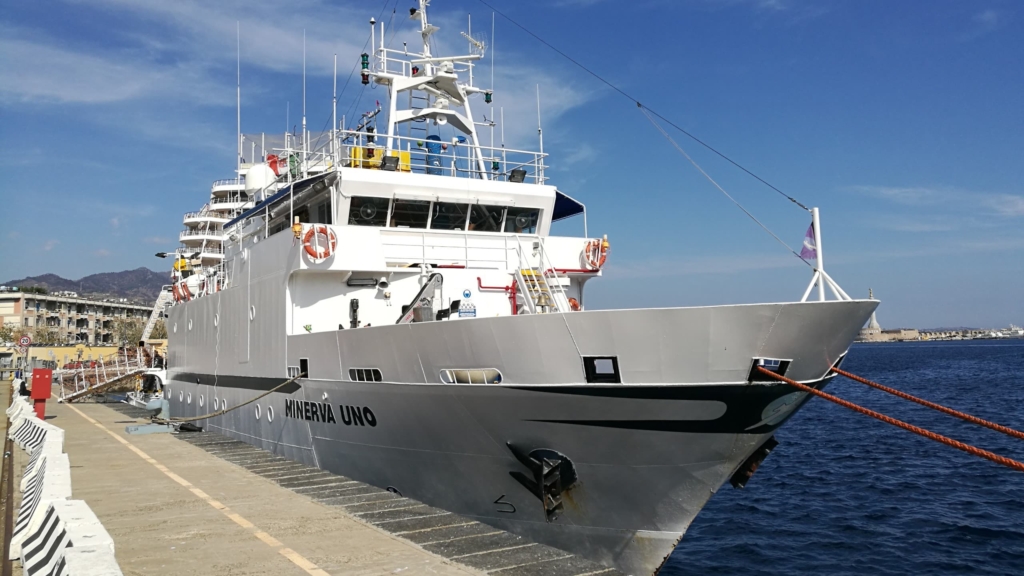
Oceanographic cruises, Projects
